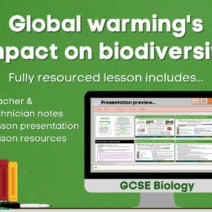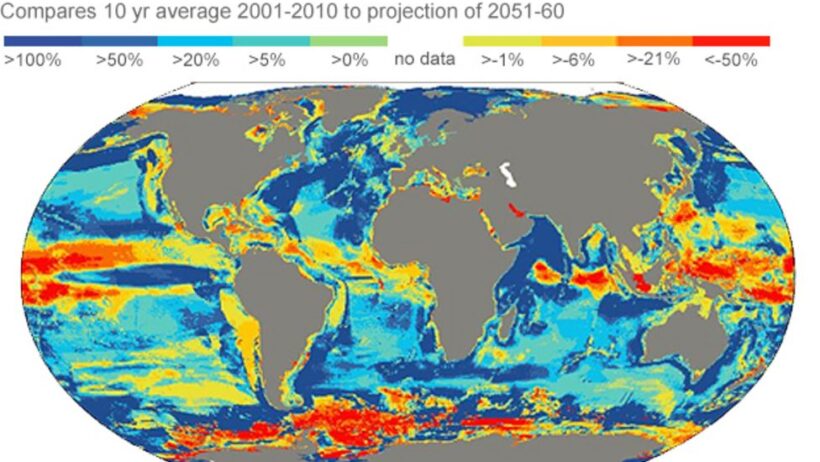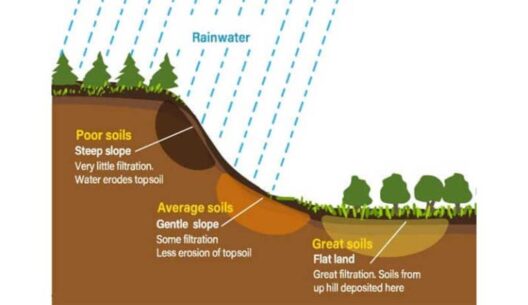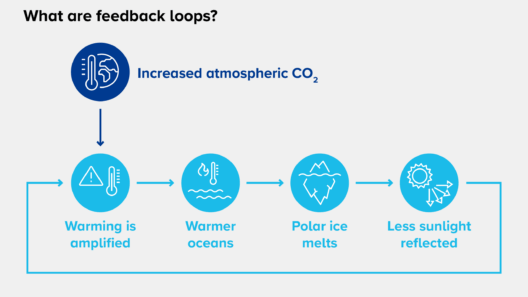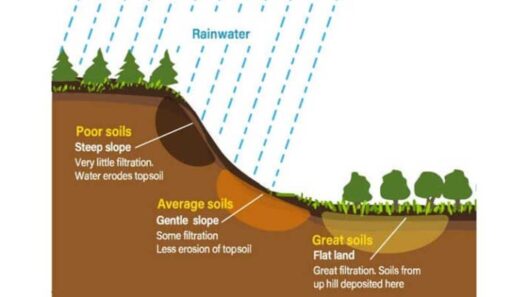Is climate change real? It’s a question that seems ever-present, echoing through discussions at dinner tables, in classrooms, and in the halls of power around the globe. When faced with the plethora of environmental transformations underfoot, one might playfully ponder: if climate change were merely a figment of our collective imagination, why are the ice caps melting faster than a popsicle on a summer day? To grapple with this intriguing enigma, it is pivotal to sift through the overwhelming evidence that elucidates the reality of climate change.
Let us embark on a journey, dissecting the very fabric of climate science. The foundation of our understanding rests upon an array of data from both past and present. Scientific investigation has afforded us impressive insights into the natural world and its intricate systems. One of the most compelling pieces of evidence stems from the examination of ice cores from Greenland and Antarctica, which provide a chronological repository of Earth’s atmospheric composition. These cores reveal a dramatic rise in atmospheric carbon dioxide and methane levels, particularly since the onset of the industrial revolution. The correlation between human activity and greenhouse gas emissions is not merely circumstantial; it is causal and consequential.
Carbon dioxide, a byproduct of fossil fuel combustion and deforestation, has reached unprecedented concentrations, exceeding 400 parts per million. This reality is corroborated by extensive research, further proving that these gaseous emissions trap heat in our atmosphere—creating a greenhouse effect that warms the planet. It is not just theoretical; countless studies highlight rising global temperatures, extreme weather patterns, and shifting climate zones as resultant phenomena. Indeed, the planet has warmed by approximately 1.2 degrees Celsius since the late 19th century, a change that has incited an array of ecological repercussions.
Let’s now traverse the realm of biodiversity. Climate change does not occur in isolation; it intertwines with the intricate web of life on Earth. Species around the globe have begun to migrate towards cooler, higher altitudes or latitudes in a desperate attempt to survive. The United Nations reports on biodiversity disclose alarming trends: between 1970 and 2016, populations of mammals, birds, reptiles, amphibians, and fish have plummeted by an astonishing average of 68 percent. Such biodiversity loss poses existential threats not only to species themselves but also to the ecosystems that sustain human life. Without intervention, the implications for food security, clean water access, and human health are dire.
To further illustrate the impacts of climate change, we must closely examine extreme weather events—an increasingly common narrative in the media. Hurricanes, heatwaves, wildfires, and torrential rainfalls have all intensified in frequency and severity, attributed directly to the shifting climate. For instance, the devastation wrought by intense hurricanes, such as Hurricane Ida, serves as a stark reminder of nature’s fury exacerbated by human influences. Not merely historical anecdotes, these instances serve as contemporary warnings urging immediate action and systemic change.
Yet, amidst this overwhelming evidence and alarming data, one may still encounter climate change skeptics, often fueled by misinformation, political ideologies, or economic interests. So, how does one combat this pervasive skepticism? Education and transparency hold the keys to dismantling fallacies. Engaging communities in discourse that emphasizes scientific literacy and personal stories can forge a deeper understanding of climate science. Localized impact—how climate change reshapes personal lives and landscapes—can resonate more profoundly than abstract statistics.
Equally vital is the need for collective action. Policy frameworks designed to mitigate climate change, such as the Paris Agreement, embody crucial steps toward sustainability. These international agreements foster collaboration, aiming to limit global warming to below 2 degrees Celsius, primarily through the reduction of greenhouse gas emissions. However, individual advocacy remains equally essential. From reducing energy consumption to supporting renewable energy initiatives, each decision contributes to a larger movement toward curtailing climate change.
The intersection of technology and climate action also warrants attention. Innovations in renewable energy, electric vehicles, and carbon capture are burgeoning, offering hope for a sustainable future. Paradoxically, as civilization grapples with climate change, it also stands at the precipice of groundbreaking advancements that could redefine our relationship with nature. The infusion of technology into our environmental strategies exemplifies human ingenuity, an innate desire to coexist harmoniously within the confines of our planet’s ecosystems.
In conclusion, the question “Is climate change real?” is not merely a rhetorical device; it is an urgent clarion call for awareness, introspection, and actionable change. The evidence is substantial and irrefutable; climate change is a tangible reality that demands immediate attention. Individuals, communities, governments, and corporations must unite in their efforts to combat this unprecedented challenge. Our actions today will undoubtedly shape the climate of tomorrow, determining the legacy we leave for generations to come. The road ahead may be fraught with challenges, yet through collective endeavor and steadfast resolve, we can navigate the complexities of climate change and foster a sustainable future for all.

